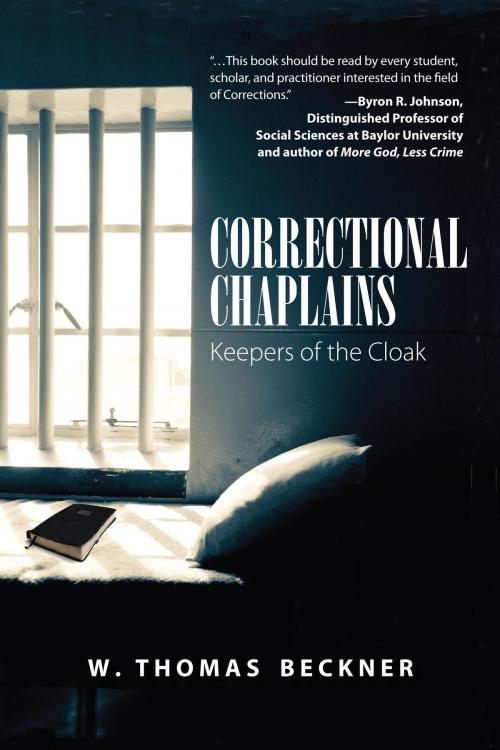Correctional Chaplains
Keepers of the Cloack
Nonfiction, Religion & Spirituality, Christianity, Church, Pastoral Ministry| Author: | W. Thomas Beckner | ISBN: | 9780985107840 |
| Publisher: | Cappella Press | Publication: | September 1, 2012 |
| Imprint: | Language: | English |
| Author: | W. Thomas Beckner |
| ISBN: | 9780985107840 |
| Publisher: | Cappella Press |
| Publication: | September 1, 2012 |
| Imprint: | |
| Language: | English |
In recent years, the so-called faith factor has been identified as both a significant variable in positive inmate adjustment and a potential remedy for recidivism. At the same time, very little has been written about the primary facilitator of religious services inside our nation’s jails and prisons—the chaplain. In Correctional Chaplains: Keepers of the Cloak, Dr. Thomas Beckner has provided a comprehensive perspective of this vital profession. Dr. Beckner briefly reviews the history of correctional chaplaincy and its development within the American criminal justice system and summarizes several significant studies of the profession. He then examines the critical premises on which chaplaincy rests and presents a unique structural model of chaplaincy consists consisting of four critical dimensions: personal, pastoral, administrative, and community. Beckner then shows how this paradigm serves as a template for the development of a chaplaincy plan that will meet the needs of a specific institutional setting and can be monitored for effective results. Correctional chaplaincy has evolved from a voluntary effort led by interested community pastors into a complex, specialized profession—one that is both demanding and rewarding. It is also a profession that is becoming increasingly at-risk. In his final chapter, Dr. Beckner challenges administrators and chaplains to address the issues that underlie this erosion of value and presents positive and concrete approaches to enhance the profession.
In recent years, the so-called faith factor has been identified as both a significant variable in positive inmate adjustment and a potential remedy for recidivism. At the same time, very little has been written about the primary facilitator of religious services inside our nation’s jails and prisons—the chaplain. In Correctional Chaplains: Keepers of the Cloak, Dr. Thomas Beckner has provided a comprehensive perspective of this vital profession. Dr. Beckner briefly reviews the history of correctional chaplaincy and its development within the American criminal justice system and summarizes several significant studies of the profession. He then examines the critical premises on which chaplaincy rests and presents a unique structural model of chaplaincy consists consisting of four critical dimensions: personal, pastoral, administrative, and community. Beckner then shows how this paradigm serves as a template for the development of a chaplaincy plan that will meet the needs of a specific institutional setting and can be monitored for effective results. Correctional chaplaincy has evolved from a voluntary effort led by interested community pastors into a complex, specialized profession—one that is both demanding and rewarding. It is also a profession that is becoming increasingly at-risk. In his final chapter, Dr. Beckner challenges administrators and chaplains to address the issues that underlie this erosion of value and presents positive and concrete approaches to enhance the profession.















